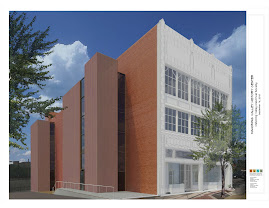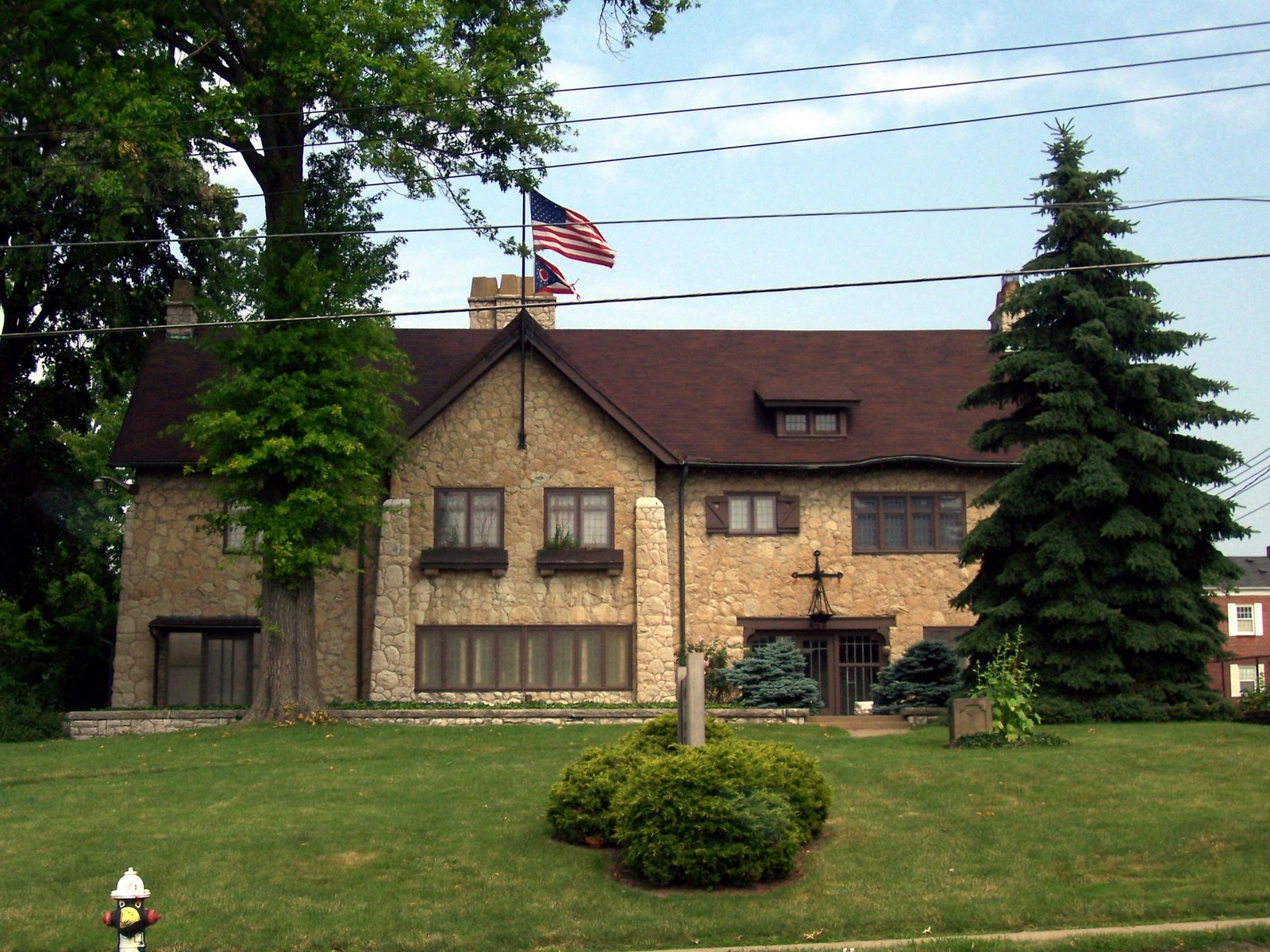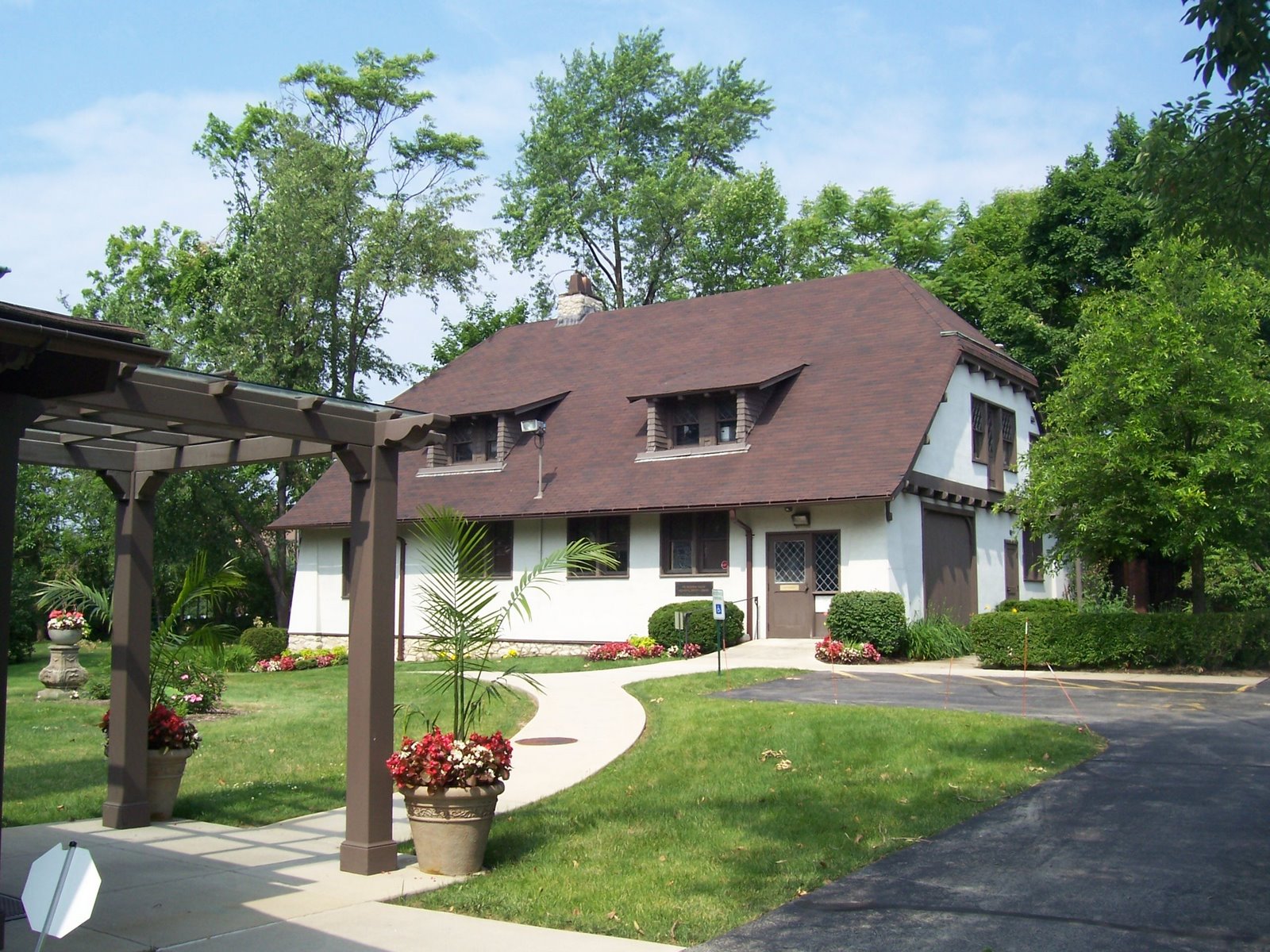Those of us who were living in the Mahoning Valley and aware of the issues at that time always will remember what a traumatic and pivotal day was Monday, September 19, 1977. Thirty years later, our historical perspective tells us that day marked the beginning of the end of the region’s iron and steel industry as it had been known in the community and throughout the world for several generations. But the impact and aftermath of Black Monday news meant so much more to Valley residents then and now.
The notification by The Youngstown Sheet & Tube Company of shutdowns and massive layoffs at their Campbell Works on that day was followed by similar announcements at Sheet & Tube’s Brier Hill Works, all of U.S. Steel Corporation’s District operations and the Republic Steel Corporation in Youngstown between 1979 and 1981. In all, more than 10,000 good paying jobs were lost in the local steel industry. Thousands more jobs were lost in supporting and related businesses such as construction, trucking, railroading, foundries and steel fabrication. Large portions of the real estate and income tax base for local governments in McDonald, Youngstown, Campbell and Struthers evaporated in a matter of months.
The notification by The Youngstown Sheet & Tube Company of shutdowns and massive layoffs at their Campbell Works on that day was followed by similar announcements at Sheet & Tube’s Brier Hill Works, all of U.S. Steel Corporation’s District operations and the Republic Steel Corporation in Youngstown between 1979 and 1981. In all, more than 10,000 good paying jobs were lost in the local steel industry. Thousands more jobs were lost in supporting and related businesses such as construction, trucking, railroading, foundries and steel fabrication. Large portions of the real estate and income tax base for local governments in McDonald, Youngstown, Campbell and Struthers evaporated in a matter of months.

Campbell Works in 1979 photo by Daryl Plant
Many local residents who remembered the announcement of the attack on military installations at Pearl Harbor on December 7, 1941, declared that Black Monday was an equally catastrophic event. More recently the attacks in New York City and Washington DC on September 11, 2001, joined Black Monday and Pearl Harbor as days of shock and distress in the minds of Mahoning Valley residents. Many of us remember exactly where we were when we first heard the news on Black Monday. I had just completed the first day of the third week of my freshman year as a student at Boardman High School when I returned home to learn about the Youngstown Sheet and Tube Company’s decision through special reports from the local television news. At the time no one in my family was working in the steel industry, but I still understood and felt the gravity of the announcement.
Over the course of my high school career, many boys and girls I had known from grade school left—some in the middle of school years, most during the summers—as their parents accepted transfers from Youngstown Sheet & Tube, U.S. Steel or Republic Steel to work in other plants around the country, or lost their jobs and went out in search of employment elsewhere. Not long after my high school graduation in June 1981, Republic Steel phased out all remaining basic steel operations at their Haselton plant, and the last blast furnace in Youngstown proper went cold.
The community’s response to this economic crisis was equally significant to the announced shutdowns. Within weeks of Black Monday, a group of religious, civic and political leaders, led by the Most Reverend James Malone of the Catholic Diocese of Youngstown and the Most Reverend John Burt of the Episcopal Diocese of Ohio, launched the Ecumenical Coalition of the Mahoning Valley with the charge of acquiring, modernizing and reopening the Campbell Works under community-worker ownership. The Coalition’s proposal sparked an intense national public policy debate and influenced government officials, organized labor and American business leaders in managing and negotiating the phasing out of other large manufacturing facilities in the years that followed. The Ecumenical Coalition’s proposal for worker-community ownership failed in large part because the Federal Government refused to provide very large loan guarantees in order to buy and modernize the steel mills and furnaces.
Thirty years later many individuals—along with local governments, school districts and social service agencies—still confront the economic and emotional aftermath of the collapse of the local steel industry. New generations were born and came of age with no concept of what steel meant to this community. Yet all who live, work and go to school in the Valley today are affected by the wake of the transformation that occurred, however unwelcome or unknown are their memories of Black Monday.
Over the course of my high school career, many boys and girls I had known from grade school left—some in the middle of school years, most during the summers—as their parents accepted transfers from Youngstown Sheet & Tube, U.S. Steel or Republic Steel to work in other plants around the country, or lost their jobs and went out in search of employment elsewhere. Not long after my high school graduation in June 1981, Republic Steel phased out all remaining basic steel operations at their Haselton plant, and the last blast furnace in Youngstown proper went cold.
The community’s response to this economic crisis was equally significant to the announced shutdowns. Within weeks of Black Monday, a group of religious, civic and political leaders, led by the Most Reverend James Malone of the Catholic Diocese of Youngstown and the Most Reverend John Burt of the Episcopal Diocese of Ohio, launched the Ecumenical Coalition of the Mahoning Valley with the charge of acquiring, modernizing and reopening the Campbell Works under community-worker ownership. The Coalition’s proposal sparked an intense national public policy debate and influenced government officials, organized labor and American business leaders in managing and negotiating the phasing out of other large manufacturing facilities in the years that followed. The Ecumenical Coalition’s proposal for worker-community ownership failed in large part because the Federal Government refused to provide very large loan guarantees in order to buy and modernize the steel mills and furnaces.
Thirty years later many individuals—along with local governments, school districts and social service agencies—still confront the economic and emotional aftermath of the collapse of the local steel industry. New generations were born and came of age with no concept of what steel meant to this community. Yet all who live, work and go to school in the Valley today are affected by the wake of the transformation that occurred, however unwelcome or unknown are their memories of Black Monday.
On Wednesday, September 19, at 7:00 P.M. in the Youngstown Historical Center (Steel Museum) on Wood Street in downtown, the community will gather for a program to mark 30 years and to take account of where we are now. The local news media will also provide news stories and programs in print, radio and television formats. As the Mahoning Valley community continues to create its present and future in the 21st century, it is very important, if painful as well, to remember Black Monday and all that resulted from it.
H. William Lawson
Executive Director
The Mahoning Valley Historical Society







